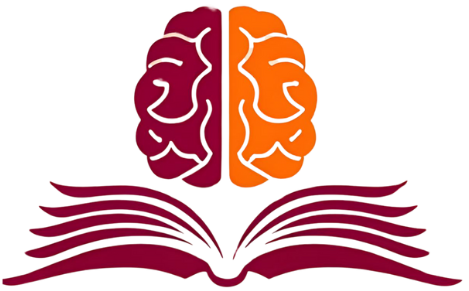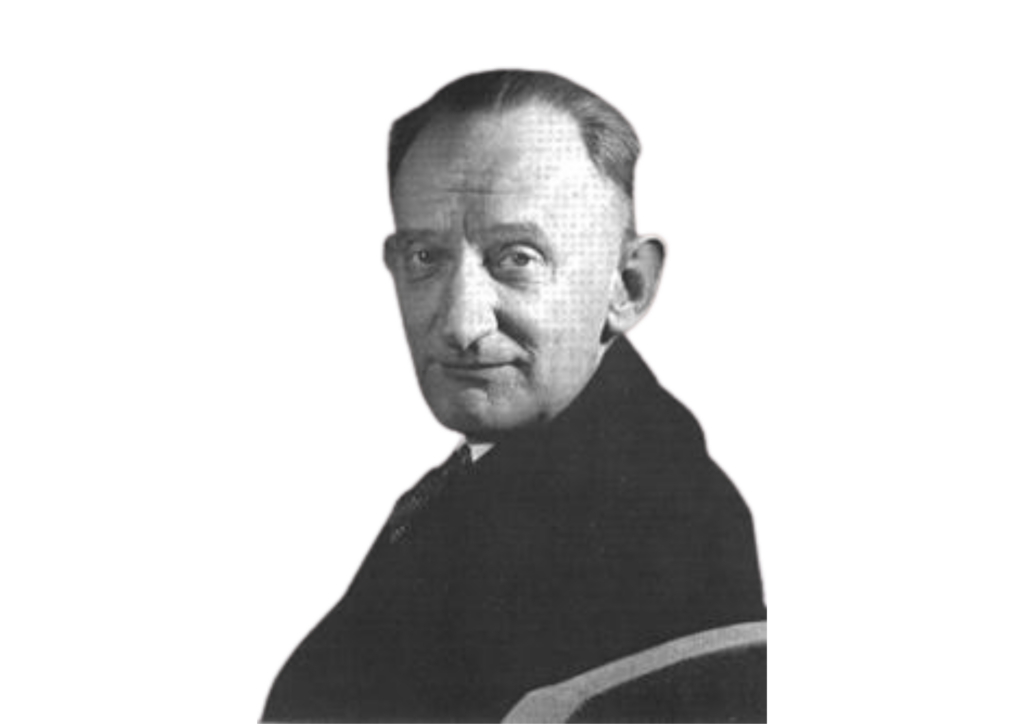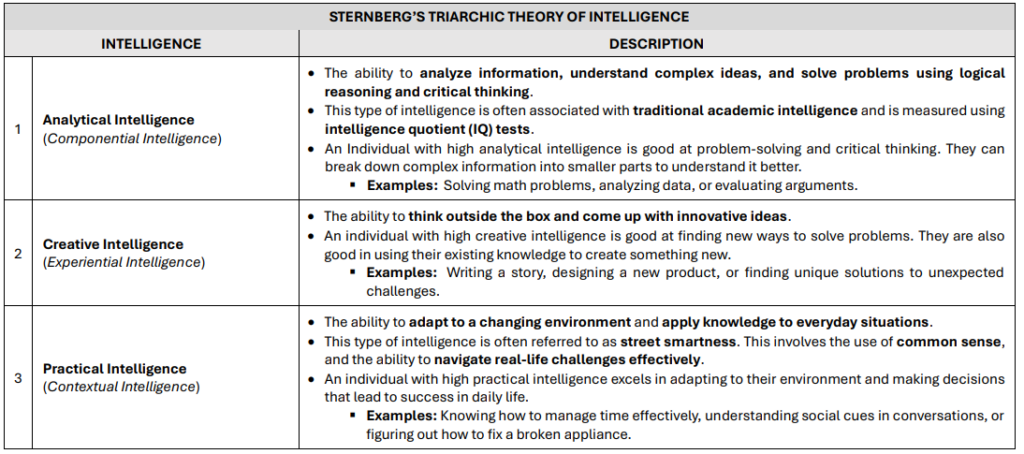Linguistic Intelligence
The ability to use language effectively, whether in speaking or writing. Individuals with high linguistic intelligence are good at reading, writing, and communicating ideas clearly. They also often learn new words and languages more quickly than others.




